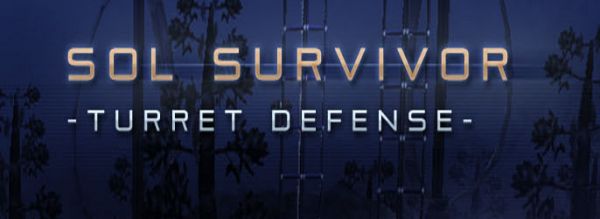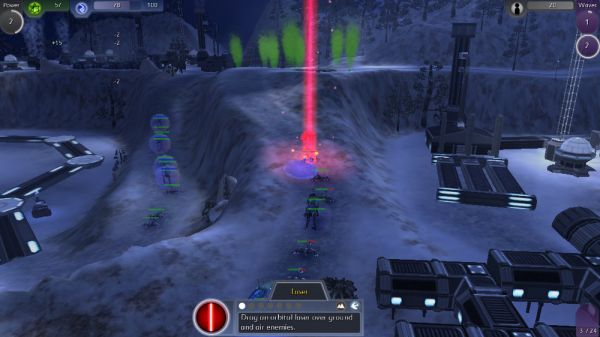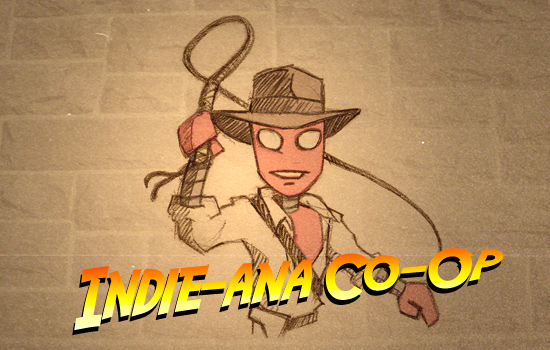It's been a while since our intrepid mascot, Billy, donned his fedora and leather jacket and went off to explore the hot, humid depths of the modern gaming jungle in search of those great independently developed gems that are out there for our co-op enjoyment. With Co-Optimus' recent joyous celebration of its 3rd birthday, there seemed to be no better time for Billy to set out on his adventures again! The Indie-Ana Co-Op feature will run every other Tuesday and feature not only discussions of additional co-opportunities that are available out there through XBLIG, PC, and additional gaming platforms, but also the occasional in-depth look at what goes on behind-the-scenes and into the development of many of these games.
To kick things off, we sat down with Dylan Barker, Community Manager from Cadenza Interactive, the developer of the XBLIG and PC co-op tower defense hit Sol Survivor, in order to go in-depth and discuss the developer's humble beginnings, the challenges they faced during the game's development, what they learned along the way, and what they have in-store for us next.

Cadenza's first entry into the gaming world: the co-op tower defense title, Sol Survivor
Co-Optimus.com: Dylan, thanks for taking the time to talk with us. First off, tell us a little about Cadenza Interactive. How did you all meet and decide to start making games together?
Dylan Barker: Most of Cadenza was formed out of a group of friends from high school. The guys all went their separate ways for school, but when summers rolled around, they met back at home and took on film editing and other months-long projects. When the original guys finished with school, they had an idea to make games. It so happened that there were a few computer scientists, and one of the guys had some experience with 3D modeling. They pulled together a "trial work week," where they got together in a garage and made a tech demo to see if they could function together in a work environment. The results were good, and from that point on Cadenza became a real possibility. We managed to scrape together some financial backing, and the main development team were hired to move into a house together to start work full-time.
Co-Optimus.com: How many sample games did you all design/create before coming up with Sol Survivor?
Dylan: Like most game companies, our first idea was much larger than our fledgling team could ever hope to produce. We didn't produce any sample games, but that was partially because of how Sol Survivor was built. We decided on a sci-fi based tower defense fairly early, and given that the genre itself is fairly constrained, we were able to create a playable version very early on. Our early version is completely unrecognizable from Sol Survivor as it is today, and each milestone along the way was iteration from that original version.

Your turrets aren't the only things that can take out the creeps. Your XO has additional powers to help stem the tide
Co-Optimus.com: Sol Survivor was an interesting new entry into the tower-defense genre by allowing players to actively attack the "creeps," which introduced some new tactical elements to the game. Where did the idea for this first come from?
Dylan: The ability to attack creeps came from frustration, mostly. Warcraft 3 tower defense maps were our primary source of inspiration, and one thing we found generally lacking was a way to catch up if your regular defenses only just barely fell behind. Support also allowed us as developers to make levels harder, knowing that players interested in the challenge would have a point of tension as they watched their ability to fire on the creeps dwindle if their towers weren't keeping up with the creeps.
